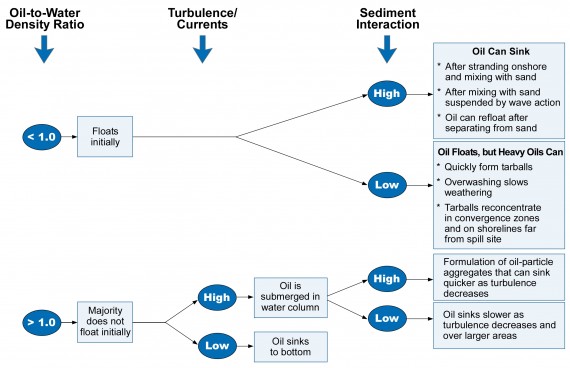We are pleased to announce that two reports funded by the American Petroleum Institute are now available: Sunken Oil Detection and Recovery Technical Report and a companion Operational Guide.
These two reports were prepared by Jacqueline Michel of RPI, Mark Ploen of QualiTech, Jim Elliott of T&T Marine Salvage, Inc., and Bill Key of William Key Technical Group LLC.
Most oil spill response strategies, tactics, and equipment are based on the simple principle that oil floats. However, oil does not always float. Sometimes it suspends in the water column; sometimes it sinks to the bottom. Sometimes it does all three: floats, suspends, and sinks. Furthermore, oil that has sunk to the bottom can become re-suspended and spread by currents. This report identifies and documents current best practices and alternative technologies to more effectively detect, delineate, characterize, contain, and recover sunken oil. For each technology, it includes a detailed description of the method, advantages, and disadvantages, and summary tables–the kinds of information needed to select the most effective approaches to sunken oil detection and recovery. There is a companion Operational Guide that includes decision support tools to assist responders in the selection of the most appropriate tactics for sunken oil detection, delineation, and characterization, and then recovery, depending on the spill conditions. The reports can be downloaded here: API_2016.sunken-oil-technical-report, and API_2016.sunken-oil-ops-guide, or you can view all the new API studies at: http://www.oilspillprevention.org/oil-spill-research-and-development-cente

